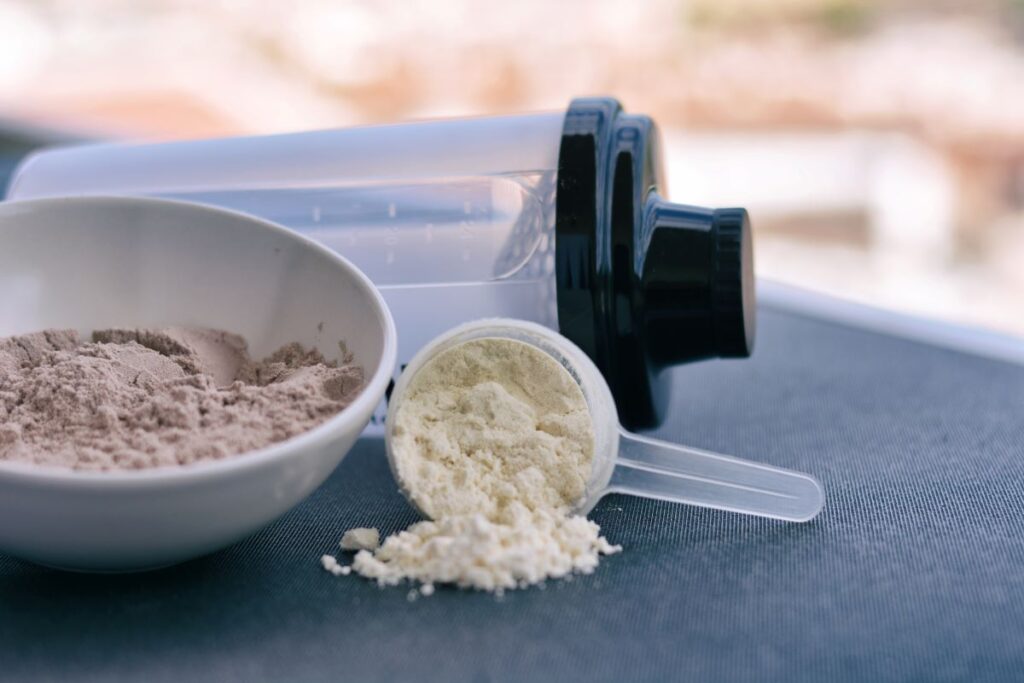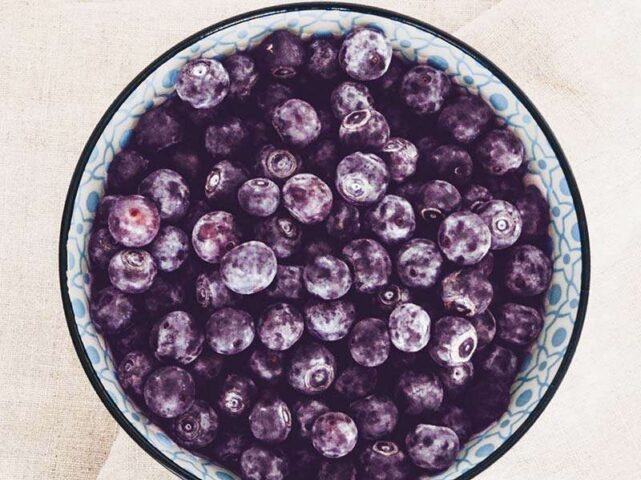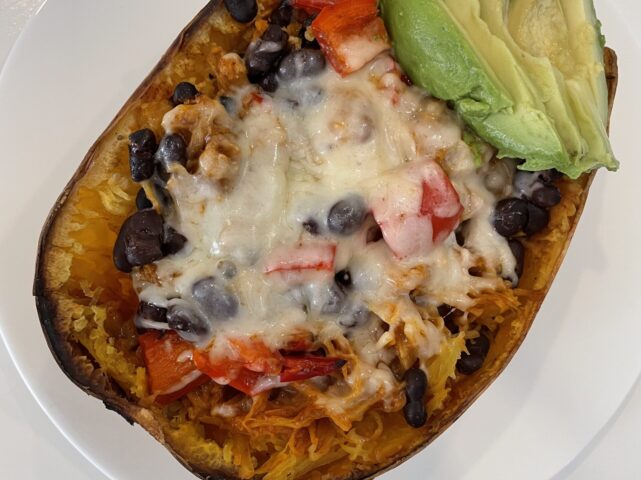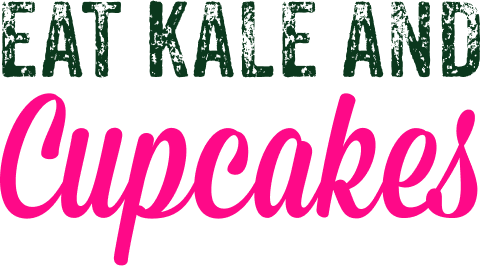Choosing the Right Protein Powder: A Comprehensive Guide

By Rebecca Jaspan, MPH, RD, CEDS, CDCES
Whether you’re looking to build muscle, maximize your athletic performance, or fill protein gaps in your diet, protein powder can be an easy and convenient tool to increase your protein intake. With so many different types of protein powders and brands on the market, choosing one can be a daunting task. There may be several ones that are a good fit for you, but some protein sources are better for specific needs than others. Let’s take a look at the different protein powder types.
What Is Protein Powder?
Protein powder is a dietary supplement that is typically used before or after workouts or for individuals needing to increase their protein intake. It is frequently consumed mixed with water or milk, blended into a protein shake, or added to oatmeal, bars, or yogurt. There are a number of unflavored as well as flavored options along with different types, from whey to casein, soy and pea protein.
So, what is protein and why do we need it in our diets? Protein is made up of 20 amino acids that serve as the building blocks for our muscles, bones, tendons, ligaments, and organs. Amino acids also play an important role in making hormones and enzymes to support our body’s basic functions. Nine of the amino acids are considered essential, meaning that they have to come through our food, our body cannot make them on its own. Eating a variety of protein foods ensures you receive all nine essential amino acids.1 Eating enough protein is important for building muscle, but it is also important for maintaining the muscle you already have. Additionally, it is crucial for the recovery and repair of bones, tendons, and ligaments after a workout.
Protein is primarily found in eggs, meat, poultry, dairy products, beans, tofu, and nuts. Protein powder shouldn’t replace whole food sources of protein, but it can certainly serve a purpose in ensuring that you are getting enough protein for your specific needs.
Types of Protein Powder
Whey Protein
Whey protein is an animal-based protein powder made from cow’s milk. Because whey comes from an animal, it contains all nine of the essential amino acids that the body can’t produce on its own. Further, whey protein contains the three branched-chain amino acids, leucine, isoleucine, and valine, which are important in muscle protein synthesis, the process of building and repairing muscle.2 Whey protein is one of the fastest digesting proteins, which enhances its benefits for muscle recovery.
Whey protein is broken down into isolate or hydrolysate and many brands use a combination of these two types. Whey protein isolate is lower in lactose, making it more tolerable for those who are lactose-intolerant. Whey protein hydrolysates are further processed and broken down to create a powder that is even faster absorbed by the body. There are advantages to this fast absorption, but if you are looking for a denser formulation that is higher in protein, look for a whey protein powder that is 90-100% whey protein isolate.
Casein Protein
Casein is also derived from dairy protein, but the major difference between casein and whey is its absorption rate. Casein powder is absorbed the slowest. One study showed that casein protein absorbs over a 12-hour period, increasing muscle protein synthesis and maximizing the potential of protein utilization from a single meal.3 While faster absorbed protein powders are often touted as having a more desired effect, slower-digesting protein powders, such as casein, also serve a purpose as they have a steady release of amino acids over a longer period of time. It is often recommended to consume casein protein before bed. It also is helpful for increasing feelings of fullness.
Soy Protein
Soy protein powder is a plant-based form of protein powder that is also a complete protein. This means that it contains all nine essential amino acids even though it doesn’t come from an animal source.4 Look for brands that are 100% soy protein isolate and many offer up to 20 grams of protein per scoop. Individuals are often concerned about the safety and health of soy protein, but research has shown that soy consumption is generally safe and may be associated with improved heart health and decrease risk of certain cancers.5
Pea Protein
Another complete protein, pea protein, is an excellent plant-based option. Pea protein powder is made by isolating the protein from yellow peas and grinding it into a beige powder. It also offers a creamier texture than other protein powders, making it a tastier addition to smoothies, yogurt, and oatmeal. Pea protein powder is a good source of branched-chain amino acids, which helps to promote muscle growth. While animal protein powders are typically more easily digested, pea protein is one of the more easily digested plant-based protein powders.6
How To Choose
Hopefully by now you have a better understanding of the different varieties of protein powders that are available. There isn’t always a right or wrong choice as different protein powders can serve a purpose for specific lifestyles, goals, and dietary restrictions. If you can tolerate dairy and would like a faster digesting powder for post-workout, then whey protein may be your best bet. If you’re looking to stay plant-based or are lactose intolerant, you may lean toward soy or pea protein. Be sure to speak with a registered dietitian for guidance and advice on the best protein powder for your individual needs and goals.
Whey Protein Pre-Workout Shake Recipe
Serves 1
Ingredients:
½ banana
¼ cup rolled oats
1 scoop vanilla whey protein powder
1 tbsp ground flaxseeds
1 cup almond milk
Directions:
- Add to a blender and blend until smooth or desired consistency is reached.
Pea Protein Banana Berry Pancakes Recipe
Serves 1
Ingredients:
4 egg whites
1/3 cup vanilla pea protein powder
½ banana, sliced
½ cup raspberries
Directions:
- Preheat your griddle or pan over a low flame.
- Beat the egg whites with protein powder until fluffy and smooth.
- Mix half of the fruit into the batter.
- Pour batter on the griddle, flip after a couple of minutes.
- Cook for another couple of minutes on the other side.
- Top pancakes with remaining fruit. Enjoy!
References:
- Church DD, Hirsch KR, Park S, Kim IY, Gwin JA, Pasiakos SM, Wolfe RR, Ferrando AA. Essential Amino Acids and Protein Synthesis: Insights into Maximizing the Muscle and Whole-Body Response to Feeding. Nutrients. 2020 Dec 2;12(12):3717. doi: 10.3390/nu12123717. PMID: 33276485; PMCID: PMC7760188.
- Neinast M, Murashige D, Arany Z. Branched Chain Amino Acids. Annu Rev Physiol. 2019 Feb 10;81:139-164. doi: 10.1146/annurev-physiol-020518-114455. Epub 2018 Nov 28. PMID: 30485760; PMCID: PMC6536377.
- Aoyama S, Kim HK, Hirooka R, Tanaka M, Shimoda T, Chijiki H, Kojima S, Sasaki K, Takahashi K, Makino S, Takizawa M, Takahashi M, Tahara Y, Shimba S, Shinohara K, Shibata S. Distribution of dietary protein intake in daily meals influences skeletal muscle hypertrophy via the muscle clock. Cell Rep. 2021 Jul 6;36(1):109336. doi: 10.1016/j.celrep.2021.109336. PMID: 34233179.
- Kudełka W, Kowalska M, Popis M. Quality of Soybean Products in Terms of Essential Amino Acids Composition. Molecules. 2021 Aug 21;26(16):5071. doi: 10.3390/molecules26165071. PMID: 34443659; PMCID: PMC8398613.
- Nachvak SM, Moradi S, Anjom-shoae J, et al. Soy, soy isoflavones, and protein intake in relation to mortality from all causes, cancers, and cardiovascular diseases: a systematic review and dose–response meta-analysis of prospective cohort studies. Journal of the Academy of Nutrition and Dietetics. 2019;119(9):1483-1500.e17. doi:10.1016/j.jand.2019.04.011
- Lu ZX, He JF, Zhang YC, Bing DJ. Composition, physicochemical properties of pea protein and its application in functional foods. Crit Rev Food Sci Nutr. 2020;60(15):2593-2605. doi: 10.1080/10408398.2019.1651248. Epub 2019 Aug 20. PMID: 31429319.







